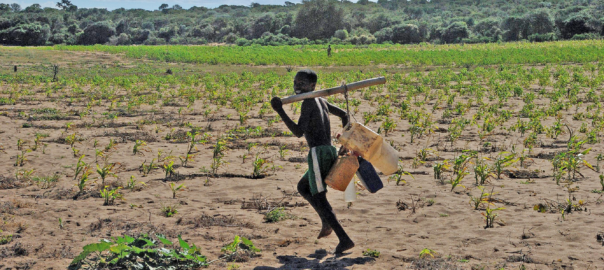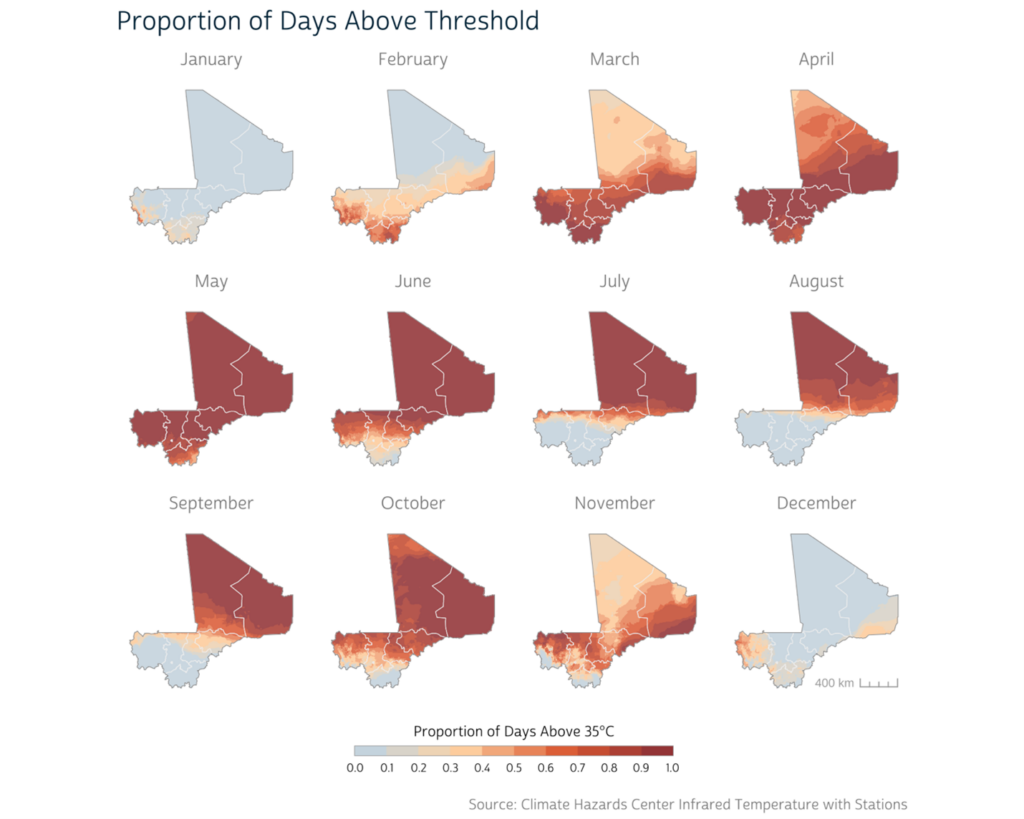New IPUMS DHS Climate Change and Health Research Hub a Resource for Robust Climate Change Analysis

April 22nd is Earth Day, an opportunity to reflect on how we affect the environment and how climate change affects us. Climate change has a broad spectrum of impacts on human well-being.1 Rapid onset events, such as floods, landslides, wildfires, and heat waves, can erode agricultural productivity, destroy shelter and infrastructure, and increase infectious diseases. Slow onset events, such as gradual warming and drying, shortening of the growing season, rising sea levels, and increasing rainfall or droughts, reduce people’s ability to make a living for themselves and their families. Climate change affects people’s access to resources, such as food, health care, electricity, and clean water, and can influence their decision-making.
To understand how best humans can adapt to changes in climate, experts from different fields collaborate on interdisciplinary climate change research. Together, researchers identify how the effects of climate change interact and amplify harm. Their research can offer strategies to moderate climate change’s effects on human health. The population and environmental data landscape is rapidly changing, thanks to a growing variety of data sources and an increasing array of georeferenced data. This can make it challenging for scientists to “keep-up” with complex data structures and identify, access, and use the most appropriate data for their research questions.2 It is important to engage both natural and social sciences when exploring the impacts of climate change on human health. Few such integrated training programs have been offered, leaving many researchers ill-equipped to carry out sound climate change research.
Introducing the IPUMS DHS Climate Change and Health Research Hub, a new online resource for anyone interested in using spatially referenced health survey data together with climate and weather data. Using The DHS Program’s survey datasets as their source, IPUMS DHS creates variables that are consistently coded across samples, fully documented, and freely available for download into customized data files.
Blog posts on the Climate Change and Health Research Hub provide general information and detailed directions on using IPUMS DHS data and environmental data together in robust analyses of the effects of climate change on human health.
New data users can get started with these posts:
- Obtaining Data from IPUMS DHS explains how to identify and download data from the IPUMS DHS website and load it into R.
- An Introduction to R outlines getting started with R and RStudio data analysis software.
Other blog posts dig deep into the hows and the whys of researching climate change and health:
- Developing Robust Conceptual Models in Climate Change and Health Research introduces the theoretical foundations for effective research on climate change and health.
- Droplets of Insights for Integrating DHS and Rainfall Data addresses the impacts of rainfall on human health, outlines factors to consider when choosing a rainfall data source, and describes different techniques for measuring rainfall.
- Attaching CHIRPS Precipitation Data to DHS Surveys provides step-by-step instructions on joining remotely sensed precipitation data to DHS Program survey data.

- Demystifying Spatially Harmonized Geography in IPUMS DHS demonstrates techniques to handle shifting geographic boundaries in longitudinal research.
- Flexible Workflows with CHIRTS Temperature Data covers aggregating temperature data to the monthly level to match DHS Program survey data.

Funding for the IPUMS DHS Climate Change Research Hub comes from a supplemental grant from the Eunice Kennedy Shriver National Institute for Child Health and Human Development (NICHD). That grant also funds ongoing work to add more contextual variables to IPUMS DHS and to integrate data from 37 DHS Program Malaria Indicator Surveys (MIS).
Revisit our Earth Day blog post from last year: an interview with IPUMS’ own Dr. Kathryn Grace on using DHS Program data in her research and teaching on geography, environment, and society.
Special thanks to our guest blog contributors from IPUMS DHS:
Dr. Kathryn Grace, Professor of Geography, University of Minnesota, Twin Cities
Dr. Miriam King, Senior Research Scientist, Institute for Social Research and Data Innovation, University of Minnesota, Twin Cities
Finn Roberts, Senior Data Analyst, University of Minnesota, Twin Cities
IPUMS DHS is a system that makes it easy to find and review thousands of DHS survey variables and to download a single fully harmonized data file with only the variables and samples that interest you. IPUMS DHS currently includes variables from DHS survey samples from 36 African and 9 Asian countries; more samples are constantly being added.
- See Watts et al. 2021; Green et al. 2019; Shukla et al. 2021; Brown et al. 2021; and McGranahan et al. 2007. ↩︎
- See Kugler et al. 2019. ↩︎
Feature image: © Jules Bosco, Salohi, USAID on Pixnio

